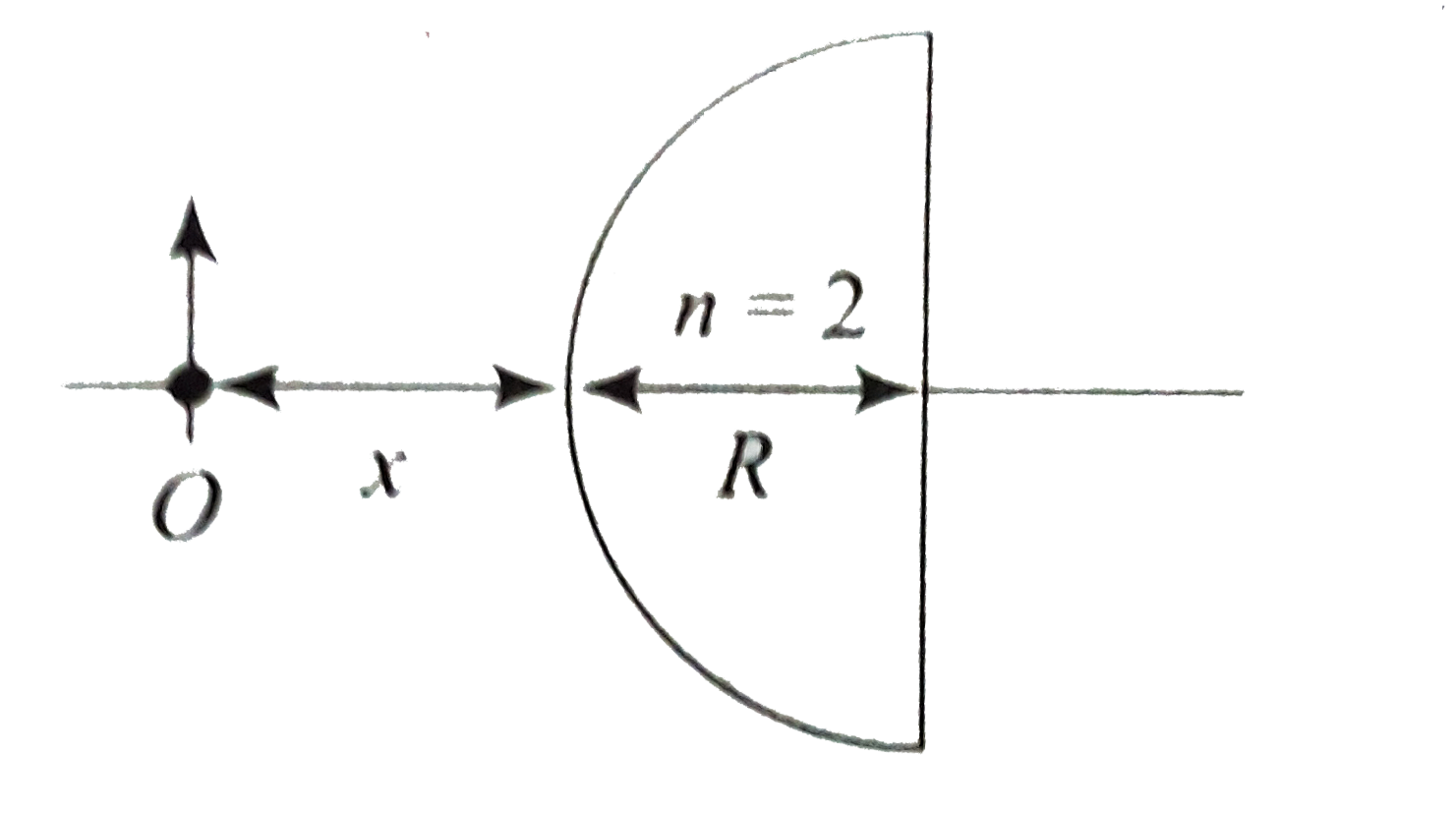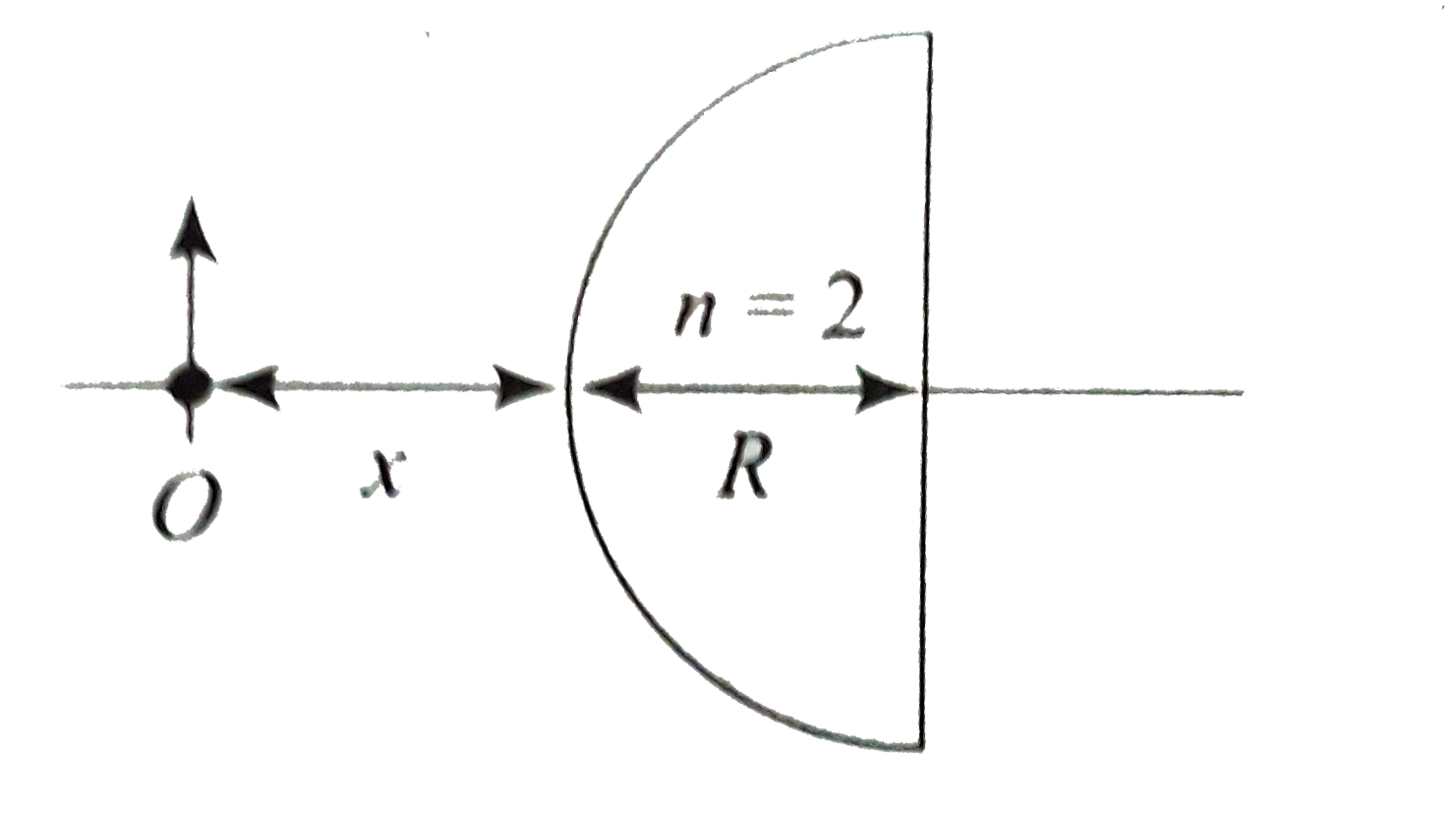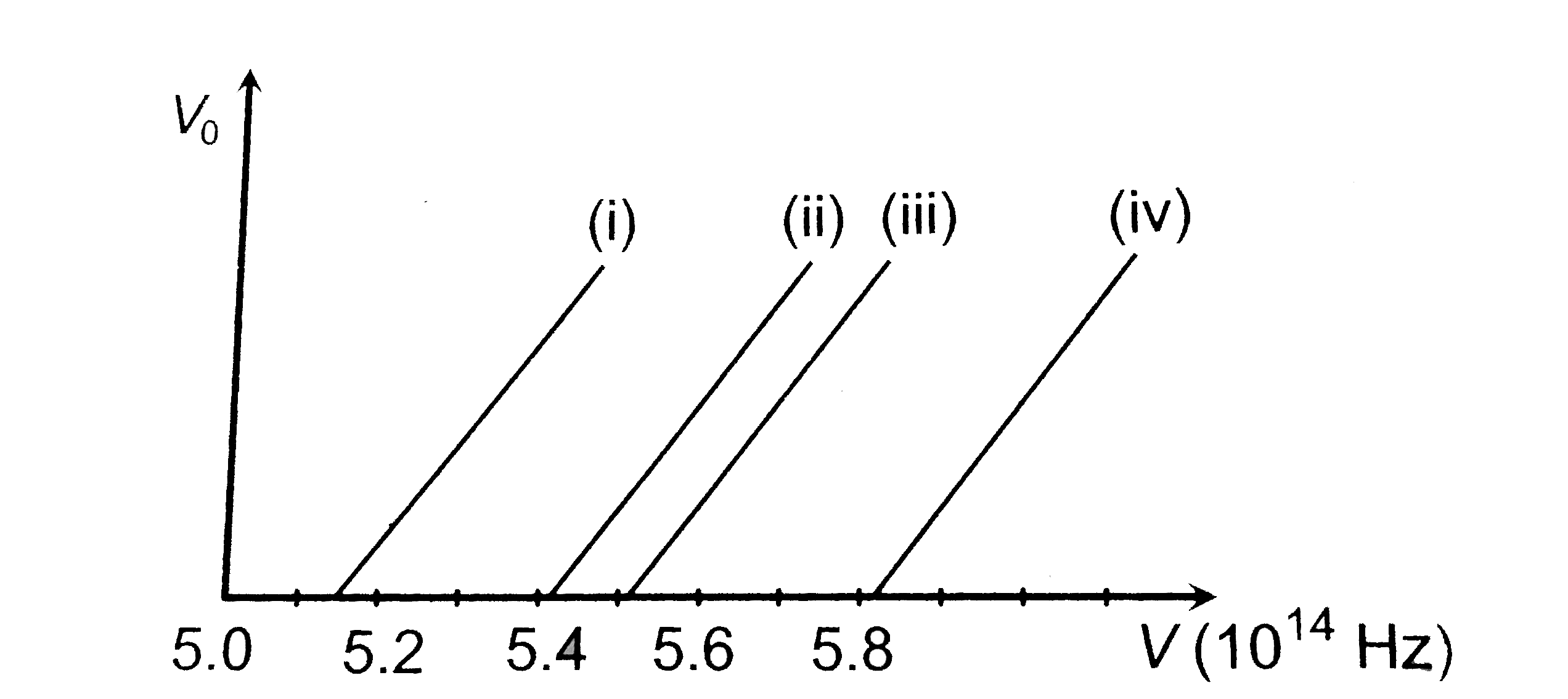A diverging lens of focal length f1 is placed in front of and coaxially with a concave mirror of foacl length f2. Their separation is d. A parallel beam of light incident on the lens returns as a parallel beam from the arrangement. Then,
the beam diameters of the incident and reflected beams must be the same
d=2|f2|−|f1|
d=|f2|−|f1|
if the entire arrrangement is immersed in water, the conditions will remain unaltered
The correct Answer is:A, B
To solve the problem, we need to analyze the optical arrangement consisting of a diverging lens and a concave mirror. The goal is to determine the relationship between the focal lengths of the lens and mirror, as well as the separation between them, given that a parallel beam of light incident on the lens returns as a parallel beam after reflection.
1. Understanding the Setup:
- We have a diverging lens (focal length f1) and a concave mirror (focal length f2).
- The distance between the lens and the mirror is d.
2. Ray Diagram:
- Draw a ray diagram to visualize the situation. A parallel beam of light strikes the diverging lens.
- The lens will cause the rays to diverge. The diverging rays appear to come from a virtual focus on the same side as the incoming light.
3. Finding the Virtual Focus of the Lens:
- For a diverging lens, the focal length f1 is negative.
- The virtual focus F1 of the lens is located at a distance |f1| from the lens on the same side as the incoming light.
4. Reflected Rays from the Mirror:
- The diverging rays from the lens will reach the concave mirror.
- The mirror will reflect these rays. The concave mirror has a focal length f2 (positive value).
5. Condition for Parallel Rays:
- For the light to return as a parallel beam after reflection, the rays must converge at the focal point of the mirror.
- The distance from the mirror to the virtual focus F1 must equal the focal length of the mirror, which means:
d−|f1|=f2
6. Rearranging the Equation:
- Rearranging the equation gives:
d=f2+|f1|
7. Conclusion:
- The separation d between the lens and the mirror is equal to the sum of the absolute value of the focal length of the diverging lens and the focal length of the concave mirror.
Final Relationship:
d=|f1|+f2
- We have a diverging lens (focal length f1) and a concave mirror (focal length f2).
- The distance between the lens and the mirror is d.
- Draw a ray diagram to visualize the situation. A parallel beam of light strikes the diverging lens.
- The lens will cause the rays to diverge. The diverging rays appear to come from a virtual focus on the same side as the incoming light.
- For a diverging lens, the focal length f1 is negative.
- The virtual focus F1 of the lens is located at a distance |f1| from the lens on the same side as the incoming light.
- The diverging rays from the lens will reach the concave mirror.
- The mirror will reflect these rays. The concave mirror has a focal length f2 (positive value).
- For the light to return as a parallel beam after reflection, the rays must converge at the focal point of the mirror.
- The distance from the mirror to the virtual focus F1 must equal the focal length of the mirror, which means:
d−|f1|=f2
- Rearranging the equation gives:
d=f2+|f1|
- The separation d between the lens and the mirror is equal to the sum of the absolute value of the focal length of the diverging lens and the focal length of the concave mirror.
d=|f1|+f2
Topper's Solved these Questions
- GEOMETRICAL OPTICSBook:CENGAGE PHYSICS ENGLISHChapter:GEOMETRICAL OPTICSExercise:Assertion-Reasoninig
Explore 2 Videos
- GEOMETRICAL OPTICSBook:CENGAGE PHYSICS ENGLISHChapter:GEOMETRICAL OPTICSExercise:Linked Comprehension
Explore 51 Videos
- GEOMETRICAL OPTICSBook:CENGAGE PHYSICS ENGLISHChapter:GEOMETRICAL OPTICSExercise:Subjective
Explore 26 Videos
- ELECTRON,PHONTS,PHOTOELECTRIC EFFECT & X-RAYSBook:CENGAGE PHYSICS ENGLISHChapter:ELECTRON,PHONTS,PHOTOELECTRIC EFFECT & X-RAYSExercise:dpp 3.3
Explore 15 Videos
- HEATING EFFECT OF CURRENTBook:CENGAGE PHYSICS ENGLISHChapter:HEATING EFFECT OF CURRENTExercise:Thermal Power in Resistance Connected in Circuit
Explore 27 Videos
Similar Questions
Consider a transparent hemispher (n=2) in front of which a small object is placed in air (n=1) as shown in figure.

Q. For which value of x, of the following , will the final image of the object O be virtual?
View SolutionConsider a transparent hemispher (n=2) in front of which a small object is placed in air (n=1) as shown in figure.

Q. Consider a ray starting from O which strikes the spherical surface at grazing incident (i=90∘). Takin x=R, what will be the angle (from normal) at which the ray may emerge from the plane surface.
View SolutionA ray of light is falling on a glass sphere of μ=√3 such that the incident ray and the emergent ray, when produced, intersect at a point on the surface of the sphere. Find the value of angle of incidence.
View SolutionThe figure shows different graphs between stopping potential (V0) and frequency (v) for photosensitive surface of cesium , potassium , sodium and lithium. The plots are parallel. Correct ranking of the targets according to their work function greatest forst will be

View SolutionA room AC run for 5 hour at a voltage of 220V The wiring of the room constant of Cu of 1mm ratio and a length of 10m consumption per day is 10 commerclal unit What fraction of it goes in the joule heated in wire? What would happen if the wiring is made of aluminum of the same distances? [ρcu=1.7×10−8Ω,ρA1=2.7×10−8Ωm]
View SolutionA parallel beam of rays is incident on a convergent lens with a focal length of 40cm. Where a divergent lens with a focal length of 15cm be placed for the beam of rays to remain parallel after passing through the two lenses.
View SolutionA convex lens of focal length 20cm and a concave lens of focal length f are mounted coaxially 5cm apart. Parallel beam of light incident on the convex lens emerges from the concave lens as a parallel beam. Then, f in cm is
View SolutionTwo converging lenses of focal lengths f_(1)=10cm and f_(2)=20cm are placed at some separation. A parallel beam of light is incident on first lens. Then,
View SolutionA diverging lens of focal length f1 is placed in front of and coaxially with a concave mirror of foacl length f2. Their separation is d. A parallel beam of light incident on the lens returns as a parallel beam from the arrangement. Then,
View SolutionA converging lens of focal length f_(1) is placed in front of and coaxially with a convex mirror of focal length f_(2) . Their separation is d. A parallel beam of light incident on the lens returns as a parallel beam from the arrangement, Then,
View SolutionAn object is placed in front of a converging lens at a distance equal to twice the focal length f_(1) of the lens. On the other side of the lens is a concave mirror of focal length f_(2) separated from the lens is a concave mirror of focal length f_(2) separated from the lens by a distance 2(f_(1)+f_(2)) . Light from the object passes rightward through the lens, reflects from the mirror, passes leftward throught the lens, and forms a final image of the object.
View SolutionA concave mirrorr of focal length f_(1) is placed at a distance of d from a convex lens of focal length f_(2) . A beam of light coming from infinity and falling on this convex lens-concave mirrorr combination returns to infinity. The distance d must equal.
View SolutionA concave mirrorr of focal length f_(1) is placed at a distance of d from a convex lens of focal length f_(2) . A beam of light coming from infinity and falling on this convex lens-concave mirrorr combination returns to infinity. The distance d must equal.
View SolutionA parallel beam of rays is incident on a convergent lens with a focal length of 40cm. Where should a divergent lens with a focal length of 15cm be placed for the beam of rays to remain parallel after passing through the two lenses.
View SolutionA convex lens of focal length 1.0m and a concave lens of focal length 0.25m are 0.75m apart. A parallel beam of light is incident on the convex lens. The beam emerging after refraction from both lenses is
View Solution
